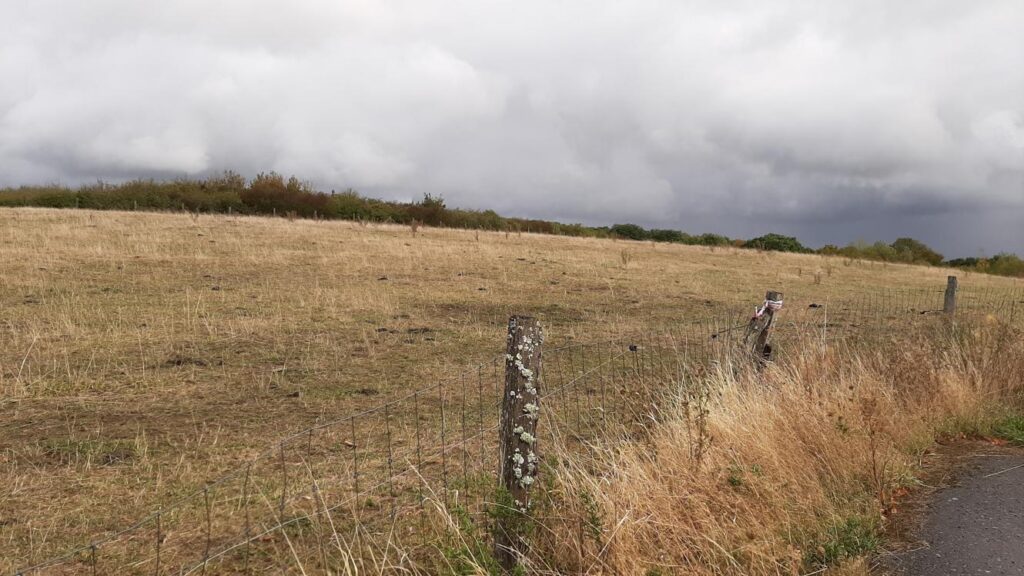One of the interesting ways to learn how to shape the work I do is by having conversations with peers. During these conversations, we present situations we encountered to then ask the others for a specific type of support.
Both the presentation of the situation as well as the question asked are important. They help to see where the person is in the process and how others may be able to help. It gives a place to start working together. From there the supervision process typically starts with asking questions either about the description itself or about the request as it is presented.
This process itself regularly proves to be helpful.
In a recent such conversation, a colleague described the team he was assisting as consisting of individuals focused on their own expertise. He also explained the difficulties the team has to come to a common decision. Building on this he asked us to think about ways to create an incentive inviting people in that team to step up. He knew that a team will always be challenged to make a decision and implement it if it doesn’t have a leader.
Reacting to his request we started by questioning it. While the request in itself made sense it felt as if it was disconnected from the description. As we moved on and asked questions about the situation we recognized that there was much more to the situation than had been described at first.
By asking questions we created the incentive to look further into the situation and its description. It led to us helping our colleague to find a path forward by shifting the question from “how to allow a leader to emerge?” to “what is happening in the group that prevents leaders from stepping up?”
His description had allowed us to see that in the quest to solve the situation he had focused on the solution that seemed the most useful. Our questions helped him see that his analysis of the situation had not given him enough details to know what his leverage was. It didn’t help him see how to establish the solution he saw as the best fit.
He had been able to see the solution. But by focusing on his solution he was not given himself the means to see how to reach it.
Using our reactions he learned more about the situation as is now and could see more clearly where the team is. It was the perfect reminder that his work starts where the team is, not where he wants the team to be.

